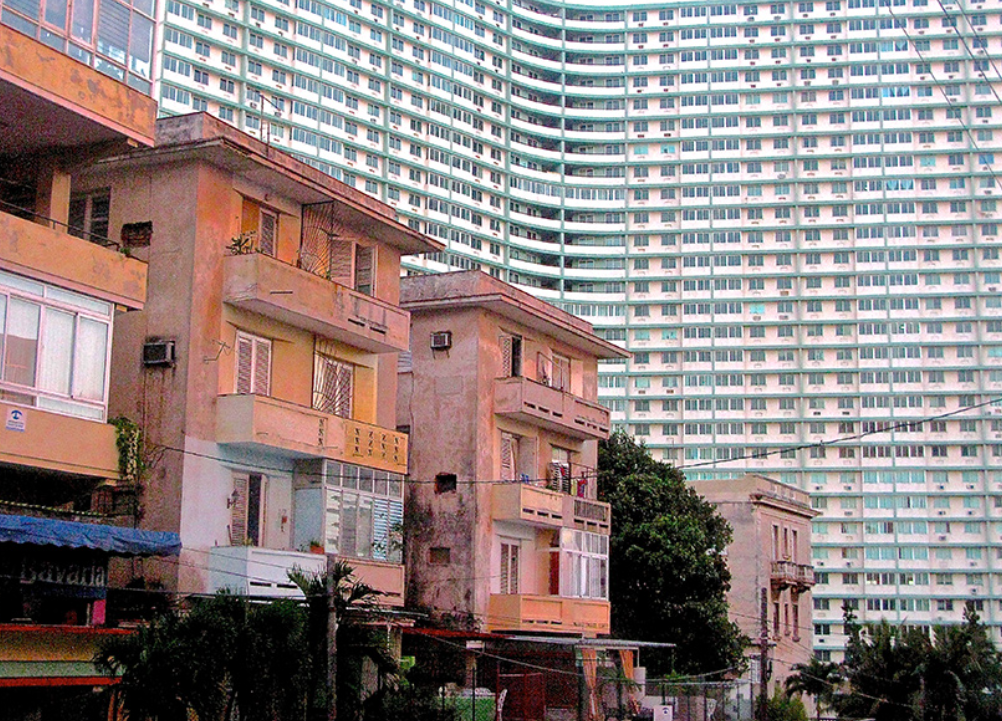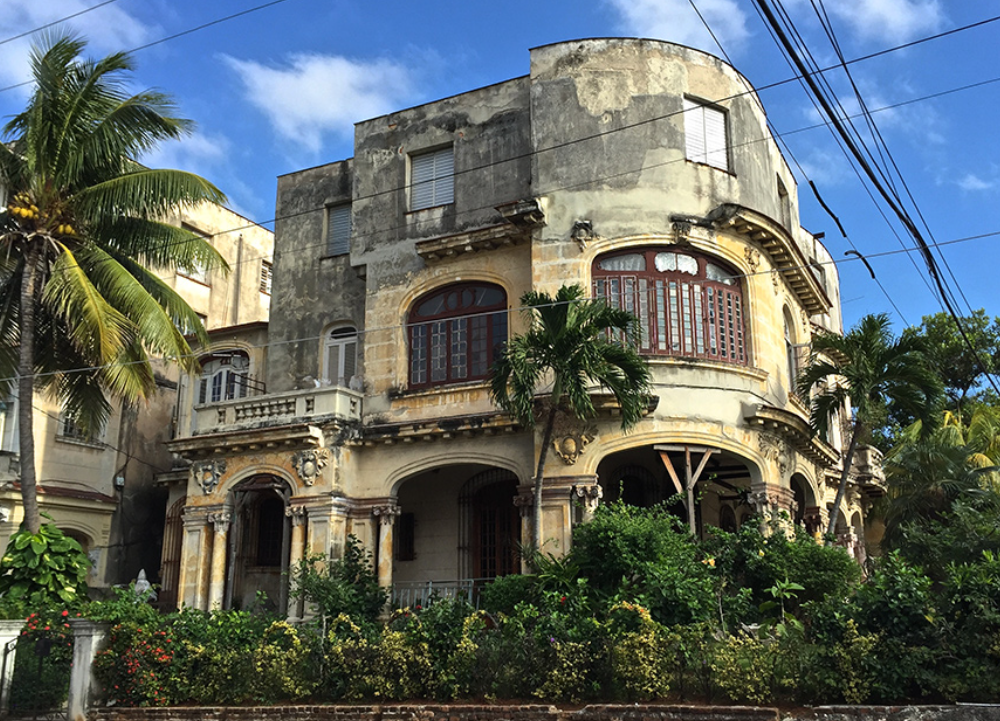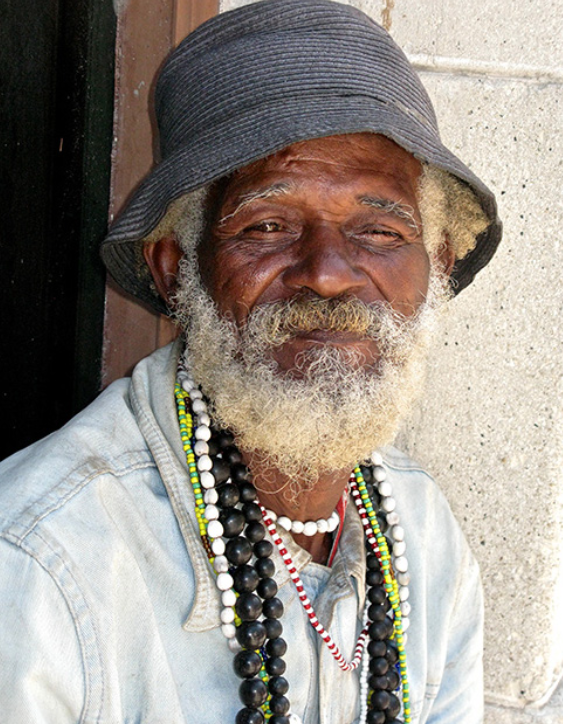This member of the Women Photographers Collective of the Mid-Hudson Valley captures the mundane and makes it beautiful.

Susan Phillips, a New York photographer, is a seeker of the aesthetic possibilities the everyday passerby may neglect: puddles, gas caps, graffiti, or eroding buildings. She is fascinated with what it means to be human. The chaos and the beauty of it. The ever-changing state of nature and the soul. Phillips brings a new perspective to the commonplace. This conversation is a glimpse into her story.
Can you tell me about your childhood and how that shaped the person you have become?
My mother was an artist who should have been an artist but couldn’t because she grew up in the Great Depression. Growing up in Brooklyn, she used to paint with oil paints in the kitchen in the middle of the night. I have this strong memory of the noxious smell of turpentine wafting into my bedroom while I was sleeping. I hated it.
But my mother shaped my way of seeing. She would say look at that tree root. Look at how that vine climbs up the tree or look at that or look at that. It trained me to look at the smallest minutiae in which I am able to find an artistic composition. I just took a picture recently of mushrooms in a supermarket. I can find art in the street crossings in New York City. I’m busy looking this way and that way. I’m a looker.
Would you say your mother was your inspiration to become an artist? Was there something or someone else?
When I was in my twenties, I was dating a guy who always had a camera around his neck and my cousin Peter was a photographer. I think we have art genes in my family. So I liked the camera and I started shooting. I was pretty good. You know, I admit, I couldn’t say this 20 years ago, but I’m old enough to say that I had an eye. I took one of my favorite photographs in 1971. I got my camera and went with my friends to The Met Cloisters. I took this great shot right away within that first or second roll of film on my camera. Whenever Peter’s in the city, he tells me it is the perfect shot.

Tell me about your first exhibition. What was that experience like?
There used to be a place that developed film in New York City called Modern Age Studios. I had a portfolio of stuff that I did in a setup in the bathroom of my apartment. I’d have three trays of developer on the floor and rinse in the bathtub, and I’d have blackout curtains all over. My husband wasn’t allowed to use the bathroom for several hours. I loved doing it. It was real magic. So, I took my stuff, which must’ve been about 10 or 12 photos, to the guy at Modern Age. He looked at them and he gave me a show.
One of my favorite collections of yours is the Cuba photos. It’s filled with images of chipped paint, old cars, cracked buildings–things so imperfect and seemingly broken, and still so beautiful. Can you tell me more about your story in Cuba?
Cuba was like stepping back into the 1950s. The minute you get into the airport, there are one, possibly two luggage carousels. The travelers’ luggage would be in suitcases, and the Cubans’ luggage would be shoved in huge almost like contractor’s plastic bags. Then you go out to get a cab, and the airport is lined with these cars from the 1950s that are all American. They were cars that I saw when I was a kid: Thunderbirds, Chevrolets with wings and old Sedans.
The National Hotel of Cuba, where I stayed, wasn’t far from the airport. It’s the place where, in the ‘30s and ‘40s, gangs met, stars met and people from Hollywood met. If you wanted to have a good time, you went to Havana. So I was sitting and having a drink where, you know, all these people have gone before you, thinking about this rich history.
They live in a culture where the electrical wires are all over the streets, just wires around street lamps, wires hanging. The people get a prescribed amount of rice per month. The buildings are all cracked and peeling, and all that stuff I love. And the people were happy. It was really fascinating. There was art everywhere.

What do you hope people take away from your art? What does your work aim to say?
There can be art in anything. You can find art in the simplest circumstances if you just know how to look.
Maggie Baribault is a journalism and psychology student at SUNY New Paltz interested in the everyday lives of humanity, beauty in simplicity, and all things creative. She has worked for The Limrik, The Link Magazine, The Little Rebellion, and The Oracle. She’s also been published in several poetry anthologies including “What I Meant to Say” and “The Spaces We Find” and a collection through Eber & Wein Publishing. She is a poet, baker, farmer, artist, and writer. Contact her through email at maeghanbaribault@gmail.com.
